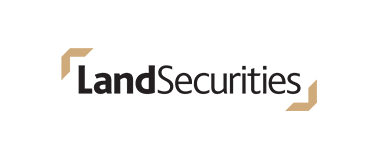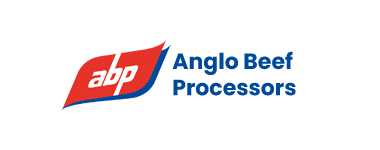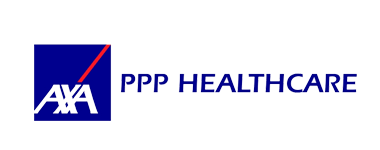
Have you ever noticed how your driving style reflects your personality? Whether you’re cautious, competitive, adventurous, or calculated-your behaviour behind the wheel reveals deeper behavioural preferences. With the help of PRISM neuroscience colours, we can decode these tendencies and better understand ourselves and others.
PRISM neuroscience colours, part of the innovative PRISM Brain Mapping Tool in India, offer a unique, neuroscience-backed framework to identify how people think, behave, and interact—on the road and beyond.
Driving as a Metaphor for Behaviour
Imagine you are driving home. The journey might involve traffic, detours, or even moments of joy and spontaneity. How you respond in each scenario says a lot about your behavioural wiring. Now picture others driving too-each one navigating the same road differently. That’s behaviour preferences in action.
With PRISM neuroscience colours, these styles fall into four core categories:
Blue: The Thoughtful Driver
Blue-preferring individuals are calm, considerate, and value harmony.
– They drive steadily, often avoiding conflict or rash decisions.
– They’ll let you choose the music, respect your comfort, and ensure everyone reaches safely—without stress.
But when overdone, they may become overly sensitive or hesitant, especially if others don’t reciprocate kindness or communication.
Common career traits: Mediators, advisors, human resources professionals.
Red: The Competitive Racer
Red types are assertive, bold, and results-driven.
– They treat driving like a race—focused, fast, and unwavering.
– They dislike interruptions and may bend rules if it gets them ahead.
When imbalanced, Reds can come off as aggressive or impatient, disliking being told to slow down or cooperate.
Common career traits: Entrepreneurs, sales leaders, high-stakes strategists.
Gold: The Planner’s Wheel
Gold individuals value structure, safety, and preparation.
– They check routes ahead, plan for traffic, and never skip seatbelts.
– Their drive is efficient and well-prepared, but possibly rigid.
If overused, Golds may resist flexibility or become frustrated with any deviation from their plan.
Common career traits: Analysts, project managers, compliance officers.
Green: The Joyful Explorer
Greens are energetic, spontaneous, and people-oriented.
– They turn driving into a social adventure—picking up friends, taking detours, and creating playlists.
– They’re the ones turning road trips into memorable stories.
Too much Green? They risk distraction and may arrive late—or not at all—if spontaneity overtakes focus.
Common career traits: Marketers, entertainers, community builders.
Overusing Preferences: The Risk of Imbalance
Each colour has strengths—but when pushed to the extreme, it can lead to frustration, misunderstandings, or missed goals. Recognizing your primary colour and knowing when to balance it with others is key to emotional intelligence and adaptability.
This is where the PRISM Brain Mapping Tool in India excels-it not only identifies your dominant preferences but also helps you align behaviour with your environment and career path.
From Road to Workplace: The Real Impact
Your driving style metaphor extends into your professional life. Whether you’re navigating a corporate challenge or leading a team, PRISM neuroscience colours help decode:
Learn how this applies in professional settings through our programs for self-awareness and personal coaching or emotional intelligence development.
Trusted by some of the biggest brands
Want to Discover Your PRISM Colour?
Curious what your driving style-or daily choices-reveal about your personality and professional potential?
Fill out the form below to connect with our certified experts. Discover how the PRISM Brain Mapping Tool in India and its powerful PRISM neuroscience colours can unlock your behavioural blueprint for personal and professional growth.









